Featured
Featured
-
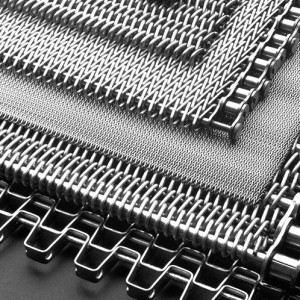
Wholesale China Mesh Factory China Company Products – Stainless Steel Wire Mesh Conveyor Belt – Chongguan
Flat wire conveyor belts have two types according to its loading capacity. One is Standard Duty General Purpose flat wire belt, another is Heavy Duty Belt. All flat wire belting offers a smooth conveying surface and a maximum open area for free air flow or water drainage. They are easy to clean and are extremely sanitary, especially when manufactured with high quality clinched edges. Clinched-edge treatment of these belts results in a number of additional user benefits including keeping the t... -
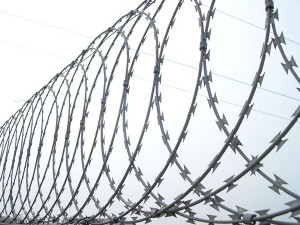
Wholesale China Temporary Fence Panels Manufacturers Suppliers – Razor Barbed Wire For Security Fence – Chongguan
Razor Blade Type and Specification Reference number Thickness/mm Wire Dia/mm Barb length/mm Barb width/mm Barb spacing/mm BTO-10 0.5±0.05 2.5±0.1 10±1 13±1 26±1 BTO-12 0.5±0.05 2.5±0.1 12±1 15±1 26±1 BTO-18 0.5±0.05 2.5±0.1 18±1 15±1 33±1 BTO-22 0.5±0.05 2.5±0.1 22±1 15±1 34±1 BTO-28 0.5±0.05 2.5 28 15 45±1 BTO-30 0.5±0.05 2.5 30 18 45±1 CBT-60 0.5±0.05 2.5±0.1 60±2 32±1 100±2 CBT-65 0.5±0.05 2.5±0.1 65±2 21±1 100±2 Outer diameter No. of loops Standard len... -

Wholesale China Welded Mesh For Sale Quotes Pricelist – Galvanized Welded Wire Mesh – Chongguan
Mesh Size Wire Gauge Diameter In mm In Inch BWG No. MM 6.4mm 1/4Inch BWG24-22 0.56mm- 0.71mm 9.5mm 3/8Inch BWG23-19 0.64mm – 1.07mm 12.7mm 1/2Inch BWG22-16 0.71mm – 1.65mm 15.9mm 5/8Inch BWG21-16 0.81mm – 1.65mm 19.1mm 3/4Inch BWG21-16 0.81mm – 1.85mm 25.4x 12.7mm 1 x 1/2Inch BWG21-16 0.81mm – 1.85mm 25.4mm 1Inch BWG21-14 0.81mm – 2.11mm 38.1mm 1 1/2Inch BWG19-14 ... -
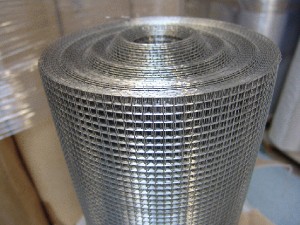
Wholesale China Stainless Steel Welded Mesh Manufacturers Suppliers – Stainless Steel Welded Wire Mesh – Chongguan
All the spacing between wires are controlled by an automatic mechanism of high reliability. So the welded wire mesh size like wire diameters, opening size and panel weight are all available in a wide range. According to its size it can be made into panels and rolls. The materials and size can be chosen from a wide range. Materials: SS201, SS202, SS302, SS304, SS304L, SS316, SS316 and so on. Wire diameter: from 0.6 mm to 2.6 mm. Mesh opening: mini 6.4 mm and max 200 mm is available. Panels: 3 ... -
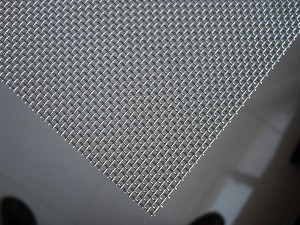
Wholesale China Wire Mesh Specification Factory Quotes – Stainless Steel Woven Wire Mesh Netting CLoth – Chongguan
Material: SS 201, SS304, SS304L, SS316, SS316L, SS321, SS347,SS430, Monel. Type 304 Often referred to as “18-8″ (18% chromium, 8% nickel) T-304 is the basic stainless alloy most commonly utilized for wire cloth weaving. It withstands outdoor exposure without rusting and resists oxidation at an elevated temperature up to 1400 Degrees Fahrenheit. Type 304 L Type 304 L is very similar to T-304, the difference being the reduced carbon content for better weaving and secondary welding c... -
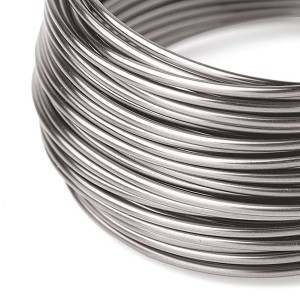
Wholesale China Stainless Wire Fence Factory Quotes – High Performance Stainless Steel Wire – Chongguan
1.Stainless steel lock wire – suitable for use in the automotive, aerospace and aeronautics industries and applications. 2.Stainless steel wire for crafts and hardware – suitable for using in jewelry, sculptures, welding, musical instruments and general hardware items such as screws, nails, rivets, key rings, staples, pins, carabiners and more. 3.Stainless steel wire for medical applications – this wire is used in orthodontics, acupuncture needles, microbiology, ophthalmology, surgery and eve... -

Wholesale China Black Wire Mesh Manufacturers Suppliers – Galvanized Square Wire Mesh for Screening – Chongguan
Low carbon steel wire mesh is the most common plain steel alloy used in manufacturing industrial wire cloth screens due to its tensile strength and high impact resistance. Primarily comprised of iron, low carbon grades is q195. Low abrasion resistance and low corrosion resistance may limit usage in certain applications, however a wide variety of special protective coatings may be applied to improve resistance. Galvanizing (before or after) is the most economical way to protect against corrosi... -
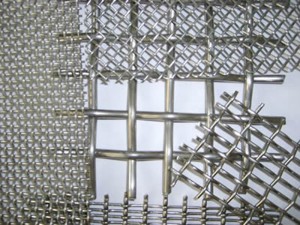
Wholesale China Crimped Wire Mesh Company Products – Crimped Wire Mesh For Industry – Chongguan
Black wire, spring steel wire, manganese steel wire and stainless steel wire. High tensile screen cloth is commonly used in heavy duty applications for scalping and sizing of rocks, aggregates, limestone, etc. They are weaved in sizes to suite most vibrating screens and available in: * High Tensile Steel—Abrasion resistance * Stainless Steel—Corrosion resistance * Monel, Brass, etc—General applications Crimped Wire Mesh is made through crimping mesh machine with pre-crimped ... -
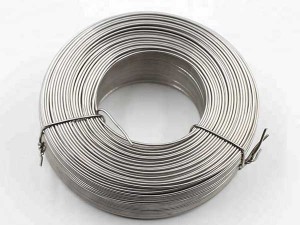
Wholesale China Binding Wire Size Company Products – Galvanized Wire Made In China – Chongguan
Electro galvanised wire (cold galvanized wire) is made by means of wire drawing followed by heat treatment and electro galvanizing. The galvanizing is made with mild steel or carbon steel wire in the plating bath, through the electric current unipolarity making zinc plating gradually on the surface. The galvanizing speed is slow to ensure a uniform coating, with thin thickness, usually only 3 to 15 microns. The outward appearance of electro galvanised steel wire is bright, the corrosion resis... -

Wholesale China Galvanised Steel Mesh Panels Company Products – Stainless Steel Wire Mesh Conveyor Belt – Chongguan
Flat wire conveyor belts have two types according to its loading capacity. One is Standard Duty General Purpose flat wire belt, another is Heavy Duty Belt. All flat wire belting offers a smooth conveying surface and a maximum open area for free air flow or water drainage. They are easy to clean and are extremely sanitary, especially when manufactured with high quality clinched edges. Clinched-edge treatment of these belts results in a number of additional user benefits including keeping the t... -

Wholesale China Split Rail Fence For Sale Company Products – Razor Barbed Wire For Security Fence – Chongguan
Razor Blade Type and Specification Reference number Thickness/mm Wire Dia/mm Barb length/mm Barb width/mm Barb spacing/mm BTO-10 0.5±0.05 2.5±0.1 10±1 13±1 26±1 BTO-12 0.5±0.05 2.5±0.1 12±1 15±1 26±1 BTO-18 0.5±0.05 2.5±0.1 18±1 15±1 33±1 BTO-22 0.5±0.05 2.5±0.1 22±1 15±1 34±1 BTO-28 0.5±0.05 2.5 28 15 45±1 BTO-30 0.5±0.05 2.5 30 18 45±1 CBT-60 0.5±0.05 2.5±0.1 60±2 32±1 100±2 CBT-65 0.5±0.05 2.5±0.1 65±2 21±1 100±2 Outer diameter No. of loops Standard len... -
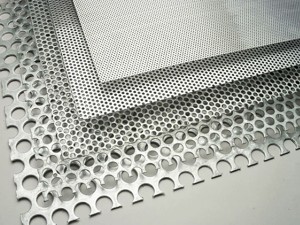
Wholesale China Stainless Steel Mesh Sheets Company Products – Perforated Metal Mesh Sheet with Various Hole – Chongguan
Stainless Steel SUS 304 and 316, Galvanized Steel, Carbon Steel, Aluminum, and all types of metals. Round, square, long round, triangle, scale, diamond, oval, hexangular, slot etc. In general it is advisable to use a hole size larger than the material thickness. The closer the hole size and material thickness come to a 1 to 1 ratio, the more difficult and expensive the process is. Dependent on the material type, smaller hole size to material ratios can be achieved.The minimum diameter we can...
